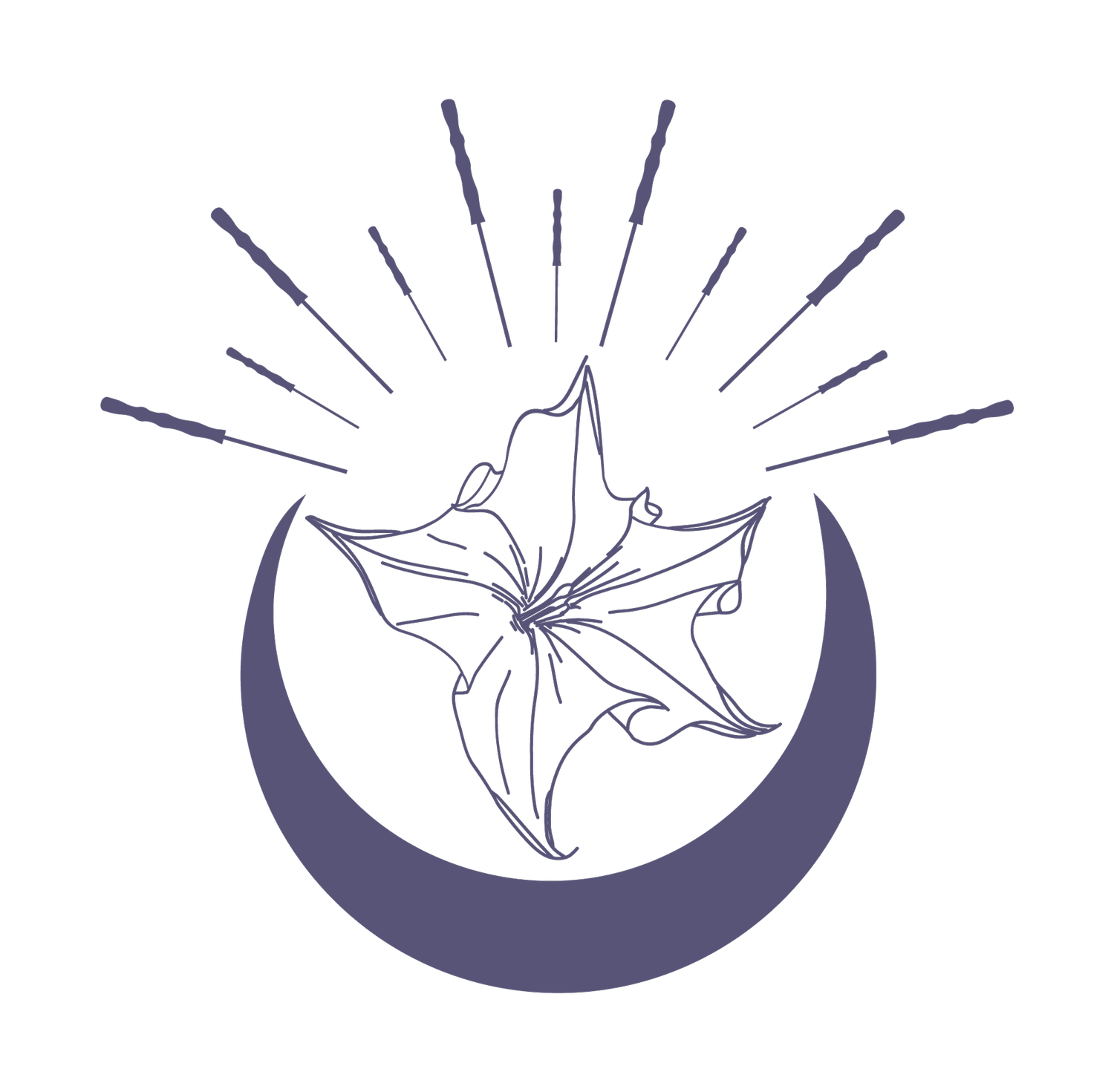Unique Ways Your Acupuncturist Can Support Your Pelvic Health!
If you’d had acupuncture before, you might know that acupuncturists are often really good at moving the needle (pun intended) where other more traditional methods have failed. That’s because our outlook on the body is a little bit different than other healthcare practitioners. We see the body’s energetics, emotions and physicality.
When I first started my private practice, I was literally known as the woman to see when everything else failed. I was a lot of client’s last hope before taking a drastic measure like surgery or making significant life changes. I had great results with clients bringing them up to about 80% of their previous level of function, but I often thought, ‘What if I’d met this client sooner. Could we have achieved 100%?”
If that resonates with you, maybe your acupuncturist can help you, too!
So.. what about pelvic health? Acupuncturists have a lot of tools in their tool belt and use various techniques to address your pelvic health concerns.
For those assigned female at birth: One study showed that “Treatments with ashi acupuncture… were effective in reducing clinical pain in women with abdominal myofascial pain syndrome / chronic pelvic pain.”
For those assigned male at birth: Meta-analysis of seventeen studies including 1455 patients with Chronic Pelvic Pain who were treated with acupuncture, showed that participants who received “acupuncture revealed a significantly lower pain level than in the control group in both total pain scores of NIH-CPSI (Chronic Prostatitis Symptom Index) and VAS/NRS (Visual Analog Scale/Numerical Rating System).”
Here are a few of the most common ways acupuncturists can support pelvic care:
Traditional Chinese Medicine: Your acupuncturists is able to use ancient diagnostic techniques, such as pulse and tongue in addition to your symptom report to provide a diagnosis that goes beyond pelvic floor and into the pattern of dysfunction.
Meridian Balancing: Your acupuncturist is skilled in balancing the flow of Qi with needles through specific meridians related to the pelvic area, such as the Conception Vessel, Governing Vessel, Liver, Kidney, Stomach, and Spleen meridians.
Ashi Points or Dry Needling: Your acupuncturist is trained to locate through palpation areas of trigger points, tenderness and pain, these are called Ashi points. And, acupuncturists were treating them long before PTs. Directly needling the ashi points in the pelvic region can target local pain, inflammation, and dysfunction.
Spirit of the Points: In addition to tender points, there are a wide range of acupuncture points that exist in the pelvis. Each point can be useful in a number of ways, one of the most unique ways is based on the spirit. For example, Bladder 53, Bio Huang is known as womb and heart diaphragm. This point may be indicated to reconcile one’s heart and womb after a miscarriage.
Electroacupuncture: Your acupuncturist might attach electrodes to acupuncture needles to provide a gentle electric current, which can enhance the stimulation of acupuncture points and may be particularly useful for pelvic pain.
Moxibustion: Moxa, made from mugwort aka artemisia vulgaris, is often used to warm specific acupuncture points, promoting blood circulation and addressing cold or stagnant conditions in the pelvic area.
Cupping: Cupping is a favorite of acupuncturists who treat musculoskeletal issues. It also be applied to the pelvic region or connecting structures like the abdomen, hips or low back to improve circulation, release tension and move toxins.
Gua Sha: This technique involves scraping the skin with a smooth-edged tool to promote blood circulation and reduce inflammation, which can be applied to the pelvic area for certain conditions. Your acupuncturist may perform Gua Sha on you, and may also instruct you to use Gua Sha at home.
Auricular Acupuncture: Stimulating specific points on the ear can be beneficial for pelvic health, as the ear is believed to have connections to various organs and systems in the body.
Herbals and Supplements: Your acupuncturist may prescribe traditional Chinese herbal formulas or supplements tailored to address your specific pattern of dysfunction which is causing your pelvic condition. This enhances the overall effectiveness of treatments and helps to address whatever imbalances exist in your system.
Nutrition Advice: Acupuncturists are trained in Chinese Nutrition, which is wildly different than Western Nutrition. Chinese Nutrition focuses on the energetics of food and uses specific foods to heal patterns from the inside out. Your acupuncturist can provide your with insights on what foods to consume that will help you to heal and those foods to avoid.
Meditation, Breathing and QiGong: Most acupuncturists practice what they preach and incorporating mind-body practices such as meditation, breathing exercises, and/or qigong into their daily routines. They are also trained to guide you in these mindful practices. Alongside acupuncture and the other modalities I’ve mentioned, mindfulness can contribute to a more comprehensive approach to pelvic care.
Bottom line, if you are suffering from chronic pelvic pain, reach out to your local acupuncturist, they may be able to help you return to a much more comfortable life. Click here to visit my Pelvic Care Schedule!
References:


